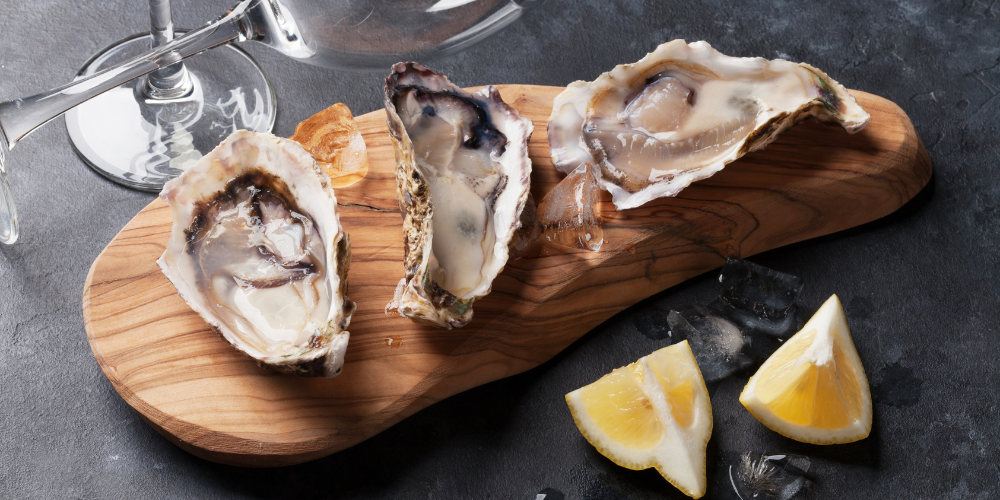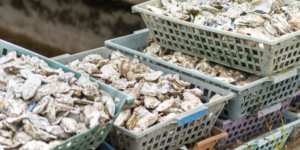In the world of culinary lore, few foods have garnered as much attention for their supposed aphrodisiac properties as oysters. With their briny essence and sensual texture, oysters have long been associated with romance and desire. But is there any scientific truth behind the notion that these shellfish can ignite the flames of passion?

Let’s delve into the world of oysters as an aphrodisiac and uncover the tantalizing myths and scientific realities that swirl around this captivating claim.
The Myth and the Mystique
The idea of oysters as an aphrodisiac dates back to ancient times, with civilizations like the Romans and Greeks attributing their properties to enhancing desire and love.
Casanova, the infamous lover of the 18th century, was rumored to have indulged in copious amounts of oysters to fuel his romantic escapades. This culinary reputation has persisted, painting oysters as a symbol of desire and sensuality.
The Chemistry Behind the Claim
The myth of oysters’ aphrodisiac qualities is not entirely unfounded. Oysters are rich in nutrients that play a role in promoting a healthy sexual function. One such nutrient is zinc, an essential mineral that contributes to testosterone production.
Additionally, oysters contain amino acids that are vital for the production of dopamine, a neurotransmitter associated with pleasure and reward. These elements, combined with the sensory experience of consuming oysters, have contributed to their romantic reputation.
Mind Over Matter: The Power of Suggestion
Psychology plays a substantial role in the perception of aphrodisiacs, including oysters. The belief that a certain food can enhance desire can create a placebo effect, where the mere anticipation of increased arousal can lead to a heightened experience.
The sensory experience of eating oysters – the tactile act of shucking, the scent of the sea, and the indulgence of the flesh – can all contribute to an atmosphere of intimacy and sensuality.

Cultural Context and Culinary Seduction
Cultural context further amplifies the perception of oysters as an aphrodisiac. Consumed in intimate settings, often paired with champagne or wine, oysters become part of an elaborate culinary seduction. This interplay of flavors, textures, and settings enhances the overall experience, blurring the lines between food and romance.
Science vs. Desire: The Verdict
While oysters do contain nutrients that can support sexual health and pleasure, the idea of them being a direct aphrodisiac is a blend of science, psychology, and tradition.
While some individuals may experience a heightened sense of desire after consuming oysters, it’s essential to recognize that the power of suggestion and cultural symbolism play significant roles in this phenomenon.
Beyond Aphrodisiac: Oysters’ Culinary Allure
Oysters’ appeal extends far beyond their reputation as an aphrodisiac. They are revered for their briny, delicate flavors, enjoyed as both a culinary delicacy and a source of essential nutrients.
Oyster consumption is a multisensory experience – the act of shucking, the visual feast of the glistening mollusk, the scent of the sea, and the taste of the ocean encapsulated within each bite.
Oysters’ standing as an aphrodisiac is a tantalizing blend of science, history, and desire. While their nutrient content can contribute to sexual health, their seductive reputation is equally a result of psychology and culture. Whether you’re seeking to ignite passion or simply revel in the culinary allure of oysters, there’s no denying the enchanting experience these shellfish offer.
So, next time you indulge in a plate of fresh oysters, relish in the sensory delight and savor the myths and mysteries they bring to the table – a delicious and intriguing tale of culinary desire.



